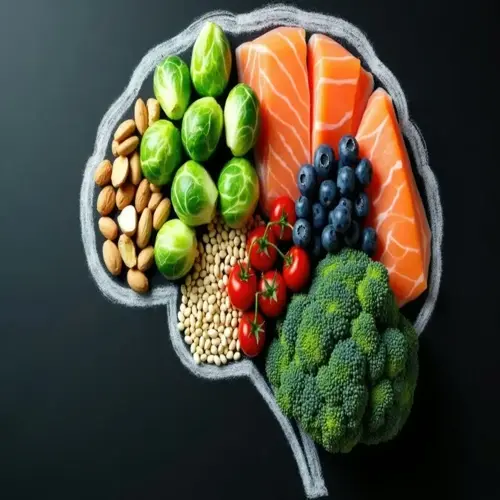Why does skin still feel dry despite drinking water?

Written by
Stella Nilsson
Reviewed by
Prof. Benjamin Murphy, Ph.D.Drinking water alone often results in no skin hydration because barrier dysfunction does not allow skin to become hydrated internally. Water, when consumed or ingested orally, then has to pass through the gastrointestinal system to reach the smallest amounts of water in skin cells. If there were an intact lipid barrier, the perspiration would all be lost through the transepidermal water loss. The topical products themselves serve to retain the hydration.
Lipid Deficiency
- Genetic conditions reduce ceramide production
- Aging decreases natural lipid synthesis
- Harsh cleansers strip protective oils
- Low-fat diets impact barrier lipid formation
Environmental Damage
- UV radiation degrades barrier proteins
- Pollution particles disrupt lipid organization
- Low humidity increases water evaporation
- Hard water minerals bind to skin surface
Occlusive ingredients create the essential moisture seal. Ceramides bind cholesterol and fatty acids, helping reconstruct the lipid barrier like mortar between bricks. Apply them after humectants while the skin is damp. At night, use rich formulations that work in harmony with the skin's natural repair process.
Morning Routine
- Gentle pH-balanced cleanser
- Hyaluronic acid serum on damp skin
- Ceramide moisturizer within 3 minutes
- Mineral sunscreen for UV protection
Environmental Defense
- Humidifiers in dry climates
- Antioxidant serums against pollution
- Barrier-repair mists throughout day
- Soft water filters if needed
For observable gains, you'll need a continuous process. In just 15 days, reduced tightness means reparation to the barriers. Within 30 days, it feels resilient with fewer dry patches. Track your gains by measuring the rebound speed of the tenderness pinch test. A rebound speed of less than one second indicates that hydration and elasticity have been restored.
Genetic factors require specialized approaches. If ceramide production is affected, use peptide boosters. In cases of severe lipid deficiency, medical-grade barrier creams can be beneficial, patch test new products. If dryness persists with consistent home care, consult a dermatologist.
Read the full article: Hydration and Skin: Your Ultimate Guide

